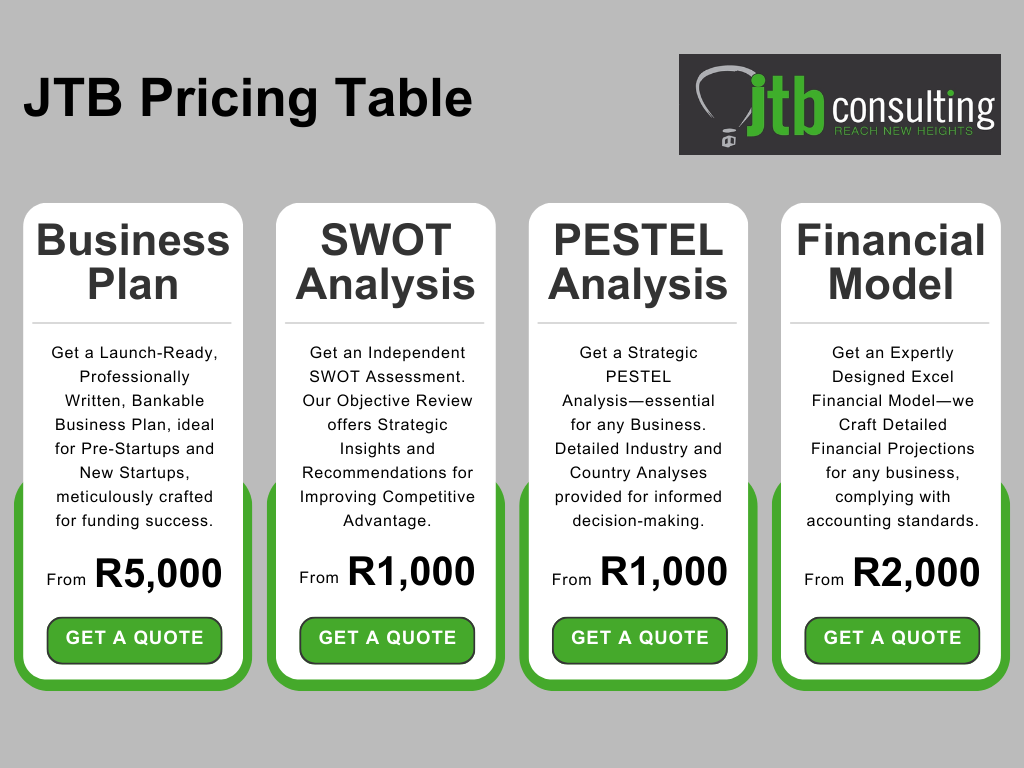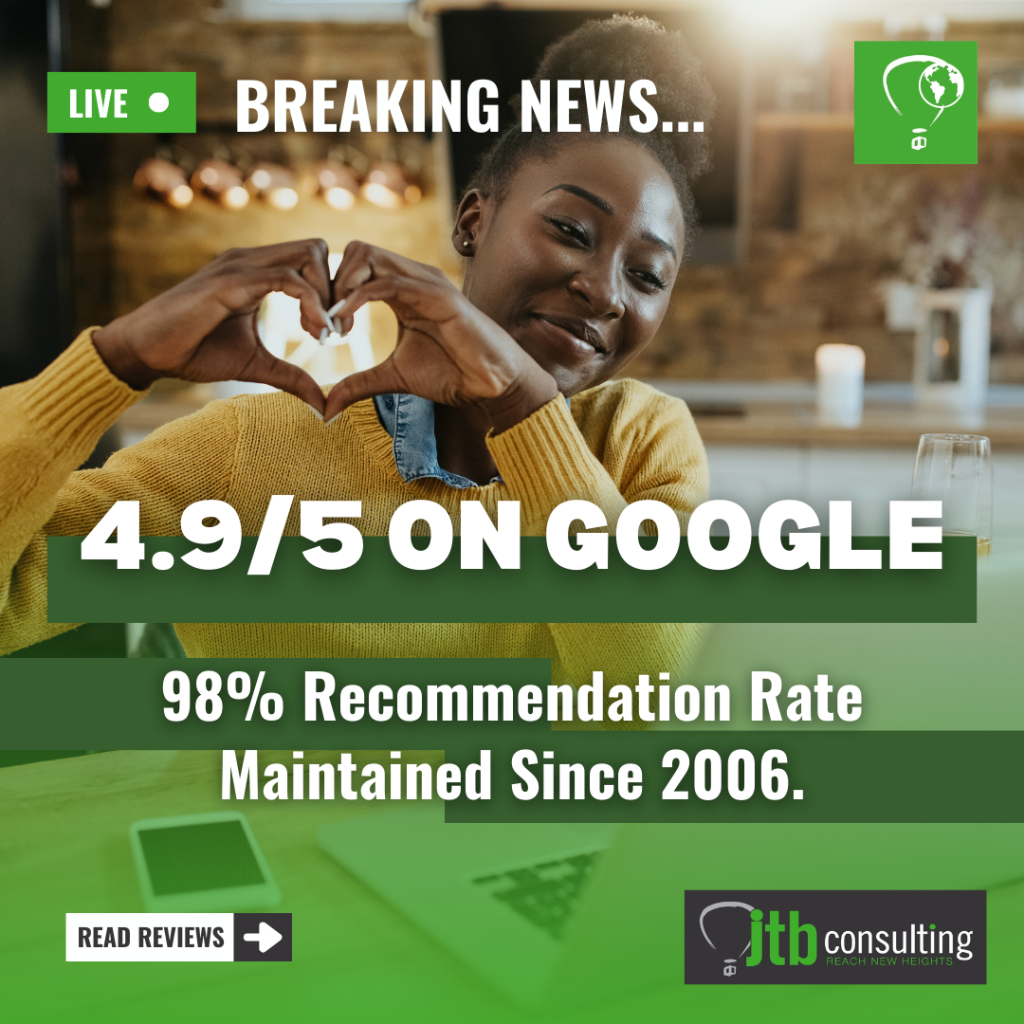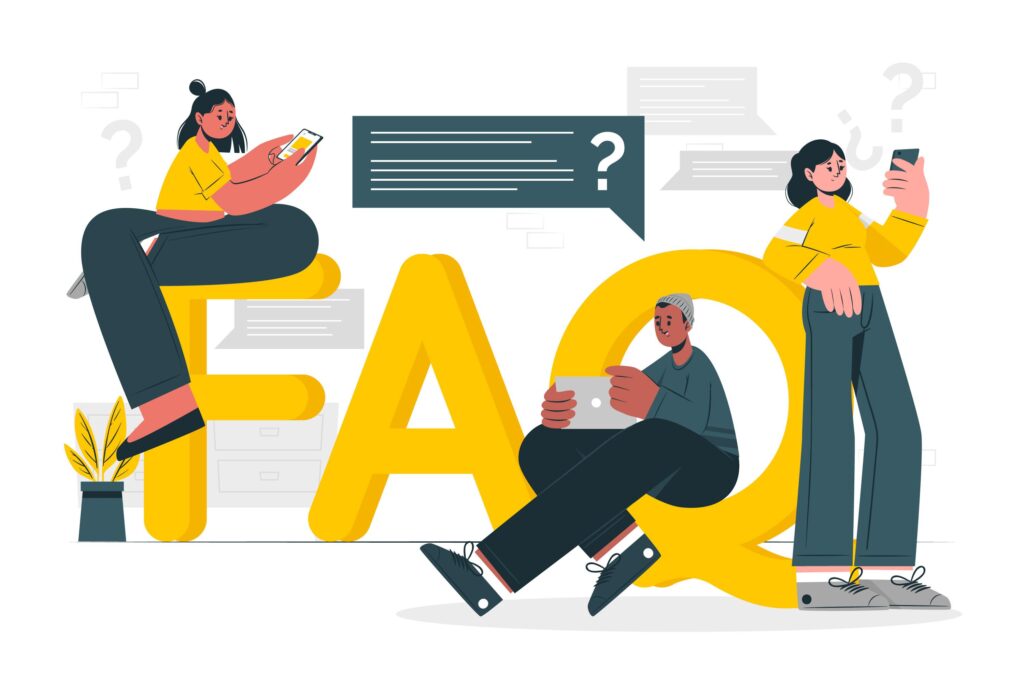Feasible or not? A Feasibility Study is an important component many new entrepreneurs fail to consider. Before you get to the stage of starting your own business and opening your doors for the first time, there are two vital aspects that most individuals find very difficult: first, getting a new business idea and second, determining whether this new idea will succeed.

Assessing whether your business idea will be feasible is extremely important. In a commercial context, a feasibility study (viability study) refers to a business’s ability to exist, be profitable, and grow sustainably. How do you determine whether the business idea is viable? Many ideas of products and services seem to deliver great customer value.
However, along with delivering great consumer value, the company’s long-term profitability is vital to keep the business running. As an entrepreneur, before taking the plunge, it is highly recommended that you perform certain feasibility checks to determine whether you should start your business. A feasibility study is an important tool to test the feasibility of a startup. It defines and tests conditions that influence the feasibility of a startup. A feasibility study encompasses marketing, technical and financial components.
For lean startups, a feasibility study focuses on developing and validating the business concept (problem-solution fit), product-market fit and business model for scalability. The marketing study will define the market concept, strategy and execution metrics. The technical study will describe options for developing and delivering the right business values.
The financial study will test the viability of business and project financials. For entrepreneurial businesses, the feasibility study will mostly focus on answering key questions related to business concepts, customer validation and business models.

Before you Ask the 20 Tough Questions, consider the following:
- Feasibility Study Food for Thought #1: First and foremost, is your business idea unique? It doesn’t have to be a completely new concept that will take the world by storm. You don’t even have to have a business that ‘reinvents the proverbial wheel’, but are there enough unique aspects to make your business different from others like it?
- Feasibility Study Food for Thought #2: Do you know what it will cost to start your business? Every company has significant expenses at the beginning to get all the marketing materials, assets, inventory, and products needed to begin functioning as a business. It will take time to get that money back, so make sure you plan to cover these costs immediately.
- Feasibility Study Food for Thought #3: Third, are you selling to anyone and everyone, or do you have a niche market you need to target? Do you know how you will reach these people? It may be best to start by broadening your focus as you determine who begins buying your products most.
- Feasibility Study Food for Thought #4: You must also consider the state of the economy and the time of year you will be opening. For example, is your industry growing, or are sales declining?
- Feasibility Study Food for Thought #5: What is the competition like for this idea? Are there many other businesses in my area that provide similar services? If so, are they successful, or do they struggle for business?
- Feasibility Study Food for Thought #6: How will my business idea stand out from similar businesses in the area? In other words, what are your competitive advantages/value proposition?

The Feasibility Study 20 Questions Checklist
The questions below are just some of the questions and research you need to do to determine whether you have a feasible business idea or not. Careful research is the main way to answer these questions about your business idea’s feasibility. Assessing the viability of your business idea is crucial if you are considering starting a business.
Feasibility Study Q1: Who are the targeted customer segments?
- Category of customer segments as (business-consumer) and/or (business-business).
- Personal information(age, gender, location,…).
- Educational information.
- Professional information (their profession/job).
- Job aims (what they are most trying to achieve in life relevant to your business idea and can be classified as professional, social and emotional).
- Pains (undesired outcomes in doing jobs, obstacles and risk of failure).
- Gains (required, expected, desired and unexpected).
- Priorities (customer’s priority of job listing, pains, gains).
- Requirements to buy your product (design, function, price,…).
- Motivation and fear factors.
- Hobbies and interests.
- What makes them special and identifiable?
Customer analysis is one of the most important steps in the feasibility study. Do you know what is going on in the minds of your Prospective Customers? Look at this advisory guidance entitled Customer Analysis: 10 Negative Reasons Why Customers Don’t Buy From You.
Feasibility Study Q2: What is the target market?
The target market (or launching market) will be fully described, including main players and their market shares, existing products and services, selling prices, competition structures, market size, market growth, weaknesses, strengths and key issues. Starting Up? Have a Limited Budget? Use These 5 Market Research Techniques.
Feasibility Study Q3: What is the problem?
- The problem will be clearly defined. What pressing problem does your invention (or product) intend to solve?
- How the existing problem has been handled so far?
- Who are the main competitors or suppliers? What are the shortfalls with current suppliers?
- Why do you think this problem is pressing for the target customers?
- Does this intended problem affect a large group of people, and why?
Feasibility Study Q4: What is the solution?
The feasibility study will explain how the project business will solve the pressing problem. What are the solution options, recommendations and justifications? To test the solution, it is advised to transform the idea into a visible object, such as a sketch or a prototype, that stakeholders can easily understand and access.
Feasibility Study Q5: What is the evidence for Problem-Solution fit?
The study will show evidence collected from the market validating the problem-solution fit. Test findings will be judged on their reliability and consistency before acceptance.
Feasibility Study Q6: What is the unique value proposition?
The project business can provide customers with a unique solution that other businesses (competitors) cannot. The explanation will also show why customers buy your product, not others, and what makes the project’s offering special and hard to imitate.
The feasibility study will show the benefits of the project product and how they translate into the value that a customer gets from using the product. The study must show how the project’s product benefits the customer by making him better, faster, and cheaper. This exercise lets you easily convince customers to buy your product. This exercise will also help further develop the product to fit customers’ needs better.
Feasibility Study Q7: What are the product’s specifications?
The product’s specifications will be fully described, including benefits, functions, design, etc. It is advised that a product’s specification is transformed into a visible object such as a brochure, prototype, or web landing page, enabling stakeholders to access and view it. As for product testing, a prototype will be arranged and tested, including a market test (customer validity) and a scientific or laboratory test. The study must show reliable and consistent pieces of evidence for testing and approving the product by potential customers.
Feasibility Study Q8: What is the evidence for product-market fit?
The study will show how the product’s offering (incl. specifications, value propositions, commercial offering, and channel distribution) will fit the target market and customer segments’ requirements. The study must show reliable and consistent evidence that many potential customers will buy it.
Feasibility Study Q9: What are the distribution channels?
The study must provide full information on distributing and selling the project’s product or service to the target customers. Testing various distribution options will make recommendations and justifications. Is it going to be through agents, distributors, direct or mixed? The key considerations for choosing the right channels are those related to the best suitable channels that fit the target customers, level of knowledge in the target market, dedication to sales, cost of distribution and others.
Feasibility Study Q10: What are the revenue streams and plan for selling?
A full description of revenue streams and selling plans will be made, including how to sell the product (transactional or recurring), what is the pricing type of the product (license fees, leasing, product price, etc.), offered credit facilities, cash flow projections, selling plan, marketing plan & budget, sales projections and others. The study must show details on selling (capturing values), monetising values and generating healthy cash flows. This section is strongly connected with the viability of the project.
Feasibility Study Q11: What is the competitive positioning?
The study will evaluate the competition structure in the target market and define the target competitive positioning. Its importance is derived from the fact that competitive positioning will be based on the competitive advantages that the project will be able to develop and pursue. To chart the competitive position, the study will need to define the top two competitive bases or advantages( i.e. price and quality) and define the project’s offering level for these two bases. Just like the Customer Analysis, the Competitor Analysis is vital. Here’s some more Advisory Guidance in our article Competitor Analysis: Don’t be Anxious! 11 Things You Need to Know to Win.
The study must show reliable and consistent evidence of how well the project’s product meets the target customer’s top priorities. It will also explain how well the existing products meet the target customer’s top priorities compared to the project’s product. The study will analyse whether the market opportunity chosen (product) fits well with the project’s cores and customer priorities. The study will chart the competitive positioning and show how the project’s product, compared with other competitors, will meet the customer’s top priorities.
Feasibility Study Q12: What are the resources and plan for acquisition?
The study will explain the resources required to create and operate the business. Resources are assets, human, money and intangible assets (patent, IP). The study will estimate the resources required and how to acquire them. The study will also explain partnership requirements, justifications and how to acquire them. Resource requirements will be estimated in terms of money to test the project’s operating cost, capital cost and viability.
Feasibility Study Q13: What is the cost structure?
The study will explain the production cost (in terms of variables or fixed costs) to produce the set products. The study will also estimate the operating and capital costs and funding options. Projections of costs and funds will be illustrated. It will also estimate the cost of a product produced (R per unit), projection of production cost, and class costs (variables and fixed), evaluate funding options, and recommend funding options and justifications.
Feasibility Study Q14: How to develop and capture the values?
The study will explain ways to create, deliver, and capture the project’s business value, including obtaining enough funds, managing the team, launching the business, executing marketing and sales strategy, developing customers, selling, generating cash flows, and managing operations.
Feasibility Study Q15: How to develop, retain and grow customers?
The study will explain how to launch the product, attract new customers, and retain and grow them. It should define key assumptions and strategies for achieving all customer relation deliverables. The key strategies for developing customers are increasing awareness, loyalty, and growth. The study will also describe tactics for each customer development strategy and metrics for control.
Feasibility Study Q16: What is the project’s investment cost, and how can it be funded?
The study will estimate the project’s investment cost, including working capital and fixed assets, funding options, a recommendation for funding, and justifications.
Feasibility Study Q17: How do you validate the business model?
- Identify key assumptions: Assumptions defined in the business model above will be the key subjects for validation. In addition to identifying the assumptions, criteria for approving the testing of each assumption should be roughly identified.
- Identify your next 10-20 customers: Identify at least 10 potential customers who fit the customer profile. Contact them to validate their similarity to your customer profile and evidence their willingness to buy your product. You will also interview them based on questions and assumptions, collect their answers and validate the business model’s assumptions.
- Test key assumptions: Decide on potential customers to interview and test your key assumptions. Set a test plan, conduct a test, and collect and analyse information. Based on the evidence collected from potential customers, assumptions can be validated, and the business model can be refined.
- Refine the business model: Based on the above outcomes, the business model’s assumptions will be removed and replaced with another set, modified, and refined.
Read more about the various business model options that are available to you.
Feasibility Study Q18: What is the Minimum Viable Business Product MVBP?
The study will provide information on the assumptions for developing an MVBP and testing it before commercialisation. The MVP should be defined, prototyped, tested, and ready for commercialisation. The study must provide full information on MVBP and produce a prototype showing the product’s specifications, benefits and uses.
Feasibility Study Q19: What are the financial projections?
The study must show the financial projection assumptions and figures for at least five years. The financial projection will include the income, balance, and cash flow statements. The reliability and consistency of projections will be the basis for judging and acceptance. Financial viability tests will be carried out, including calculating the net present value NPV, internal rate of return IRR, payback period, and financial ratio analysis. The reliability and consistency of viability will be the basis for judging and acceptance.
Find out more about the Critical Importance of your Financial Projections.
Feasibility Study Q20: What is the implementation plan?
After successful completion of the stages of problem-solution fit, product-market fit and business model testing, the study will show the implementation plan, including:
- Manage teamwork: Form the founding team and distribute responsibilities and authority. This includes hiring key headcounts required to successfully create the business stage and appointing a board of directors to advise business management for the next levels.
- License and formalise the business: This includes licensing, an article of association, and any other legal requirements to formalise and create the business. It also includes acquiring an office to manage the business.
- Raise seed funds: Evaluate the business and estimate the capital for the next phase. This includes approaching angel networks, venture capital, and other sources to raise seed funds against the investment cost.
- Identify and communicate the business, including the vision, mission, goals, high-level strategy, and company and product market positioning.
- Arrange the business governance: Where policies, procedures, work instructions and forms, including who and what to do to carry out the business activities, are well defined.
- Articulate the business strategy: Where mission, vision, and strategic directions are well defined. Also, strategic objectives, action plans and control are clearly defined.
- Business planning: Targets, action plans, and controls are well-defined over a period of one year.
- Budgeting: The budget required to carry on the business’s activities over one year will be arranged. It will also describe the funding options.
- Launch the business: This includes setting up a plan for launching the business and control of execution.
- Pilot commercialisation could include acquiring storage and production factory facilities or outsourcing production and pilot commercialisation.







